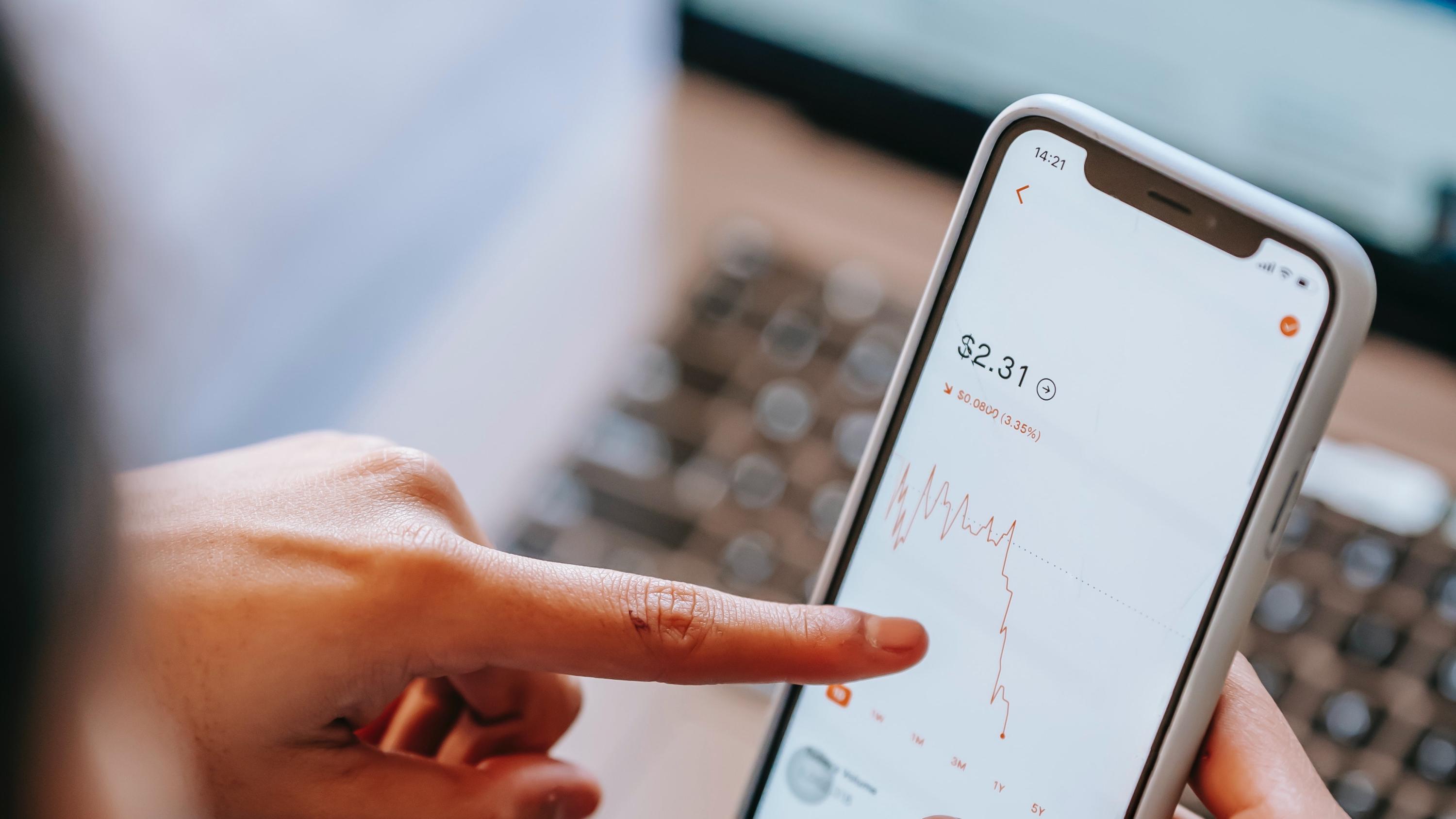
Found Money: Leveraging Experimentation to Unlock Revenue


We’ve all heard the popular phrase: You have to spend money to make money. Yet when it comes to digital commerce experiences, many businesses spend money just to keep the lights on, rather than to increase their bottom line.
Rising costs, strapped budgets, and an intensifying tech talent shortage only compound the problem. After all, if lean teams spend all their time putting out fires and churning out new products, there’s no chance to optimize existing experiences. Instead, teams get caught in a cycle of maintaining their current website without ever fully realizing its potential to unlock revenue.
Many brands are also hindered by an all-or-nothing approach, believing that massive, costly changes are the only way to drive impact. Even worse, these big undertakings are often based on gut instinct or brand preferences, rather than evidence-backed customer data. They can be a costly gamble that may not actually result in a return on investment.
Why embrace experimentation?
But what if you could invest a small amount to make small changes and get significant results? What if those small changes were like compound interest, increasing in value as you evolve at each step? What if you adopted a test-and-learn framework where smart, data-based decisions led to an exponential revenue increase over time?
The truth is that experimentation doesn’t need to take endless time and resources, and it does a lot more than keep your website functioning — it fuels opportunities for growth. By testing and leveraging data, brands can make small, iterative changes that offer a tangible return on investment.
One of the greatest advantages of this approach is that it’s incremental and sustainable. Instead of spending big on a total website overhaul (that may or may not resonate with audiences), businesses can make small changes to various parts of the customer experience to yield meaningful returns over time.
For companies with limited resources, this method is invaluable. It’s essentially like finding money — low risk and high reward.
Establishing the right foundation
Successful experimentation isn’t just about running random A/B tests. It’s about harnessing data to continually optimize experiences and setting up the right team, technology, and processes to leverage that data to the fullest.
The Team
Optimizing your web experiences is more than a one-person task. You need the right people across departments to create a process that integrates seamlessly with your day-to-day operations. Embracing a cross-discipline, outcome-driven team will eliminate silos and improve collaboration across experience design teams, data analysts, developers, and beyond.
The Process
An agile test-and-learn framework is key to optimizing web experiences and “finding money” over time. In this framework, teams make a change, measure its impact, and then make informed decisions based on the results. Each change should be linked to both primary and secondary KPIs, which give a clear understanding of intended outcomes and overall business impact. This allows you to measure both incremental changes, but also ladder up to overall sales or key metrics.
The Technology
Tools like Adobe Target come with test-and-learn capabilities baked into the platform, allowing for seamless optimization and AI-powered automation at scale. With Adobe Target, teams can move from running isolated tests to simultaneous tests across channels. Other tools, such as Optimizely or Dynamic Yield, can be layered on top of an existing stack to enhance optimization efforts.
Ultimately, the “right” tool depends on a company’s budget and maturity level. What’s most important is staying focused on quality data to drive experimentation. Numerous tools can be used to achieve the underlying goal: 1) construct an experiment; 2) measure outcomes; and 3) compare results with control audiences.
Tips for getting started
Start small
Many companies try to do too much too soon when embarking on their optimization journey. Instead of going for high risk, high reward projects, the smarter move is to start small.
Pick a few key areas that need improvement and begin testing there. This slow-and-steady approach will allow you to establish a solid process and experimentation structure without overwhelming your team or your website. Even the biggest organizations should start small, then continue to scale and slowly build up from there.
Be data-driven + data-led
No matter where your company is at in its experimentation journey, the core focus should be on collecting quality data that leads you to decisions. Whether that data comes from third-party research, competitor analysis, or first-party research with customers, data-led experimentation will be more targeted and effective.
Finding money through experimentation
Experimentation is a continuous cycle that allows you to keep up with ever-evolving customer preferences and go beyond whack-a-mole for your website.
By investing a small amount of time and resources to make iterative improvements, you can identify what works, improve what doesn’t, and drive revenue — all without the massive undertaking of overhauling your entire website. In short, you can unlock found money in your web experiences.
If you’re ready to move from keeping the lights on to ongoing iteration and optimization, Rightpoint can help. We adapt our Total Experience approach to help deliver sustainable innovation that’s connected to your core business strategy, starting with a maturity assessment, measurement plan, or full test and learn team. Get in touch today to learn more


